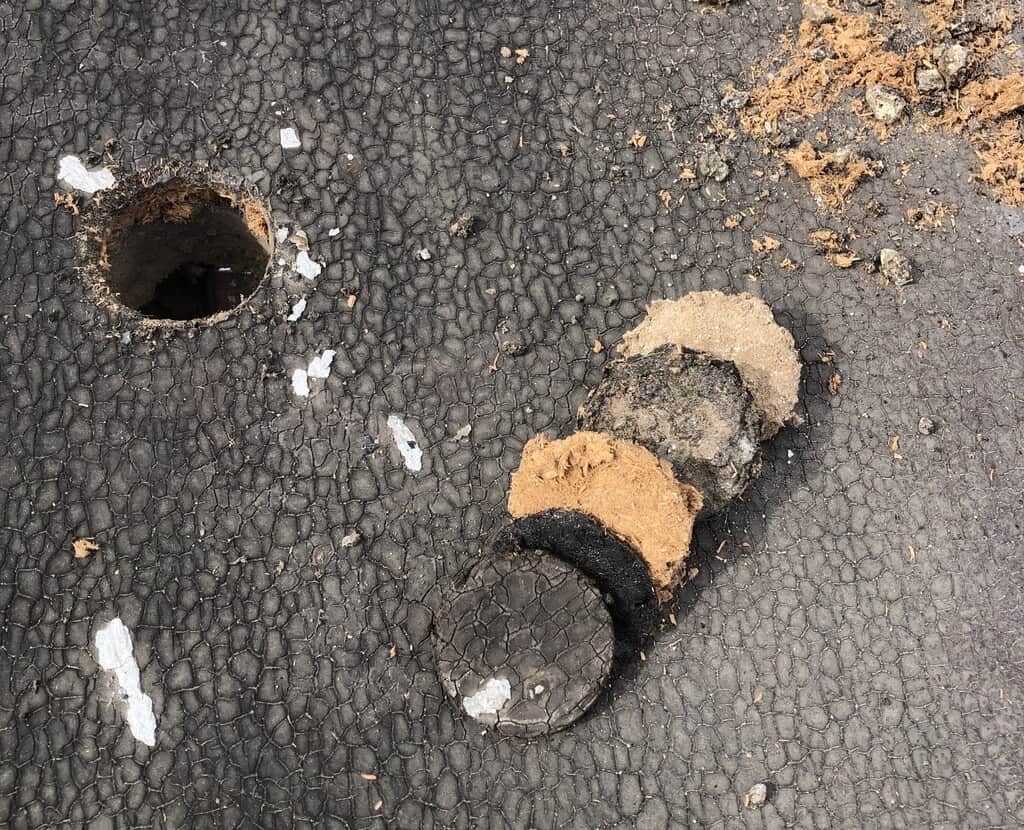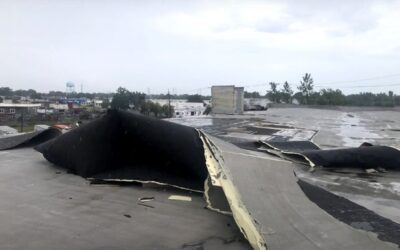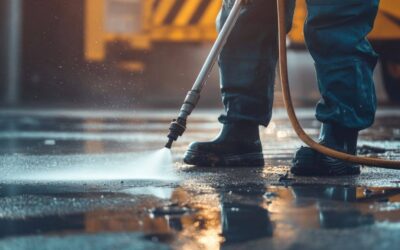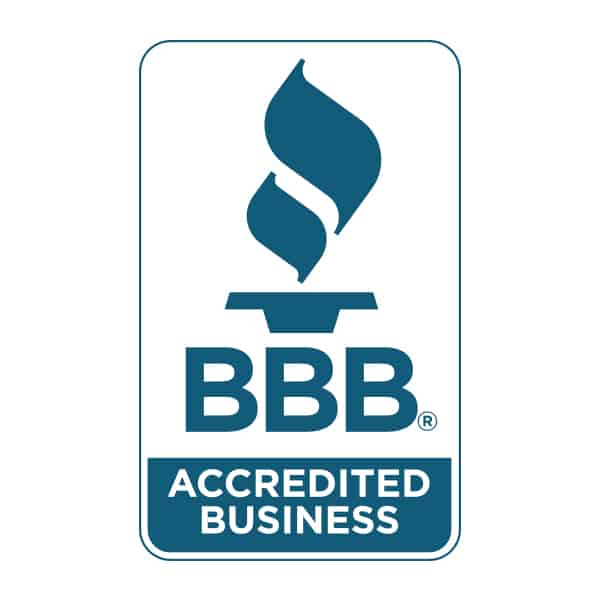There is an adage in the roofing business that says if you fix someone’s leak, they will not want to buy a new roof from you. Many roofers subscribe to this belief and will almost always recommend you replace rather than repair a leaky flat roof. But is that really your best and only option? How can you be sure?
Stop the Bleeding
Know the signs and symptoms that your roof may be in need of a repair or replacement. If your roof is leaking, you should repair it immediately. Water infiltration into a building can destroy the roof substrate and damage the interior. Your first priority should always be to “stop the bleeding”.
Then you need to figure out what is causing the leak, the extent of damage done, and how best to go about repairing it so the same problem doesn’t occur again.
Evaluate Your Roof
To best understand what is causing the leak and your repair options, you should evaluate the history and condition of your existing roof. And the way to do that is via a comprehensive roof evaluation or survey.
A roof survey is when a roofing professional examines a roof to determine its overall condition and life expectancy. The goal is to determine the roof’s age, the deck’s condition, where leaks have been occurring, and the overall condition of the membrane. For example, the roofer looks to see if the roof is checking (cracking), if the membrane or seams are loose, and how water evacuates the roof. Terminations are also inspected.
Part of this process is taking core samples, like the ones shown above. Core samples expose roofing materials, how many roofs there are on the building, and the presence of water. They can tell us if the problem is small and isolated or whether there has been a systematic deterioration of the roof.
Roof sample areas are repaired, resealed, and made watertight again.
Decide Next Steps
If core cuts demonstrate your insulation is saturated – you must tear off the roof. Going over wet insulation is like painting rotten wood siding – it just doesn’t work.
If you have small leaks or damage in a localized area and your insulation is not wet throughout, then you should repair the leak.
If your roof is unsound, then a repair is only going to be a band-aid that gives you enough time to get a replacement. It is still important to make repairs because even if your roof membrane is shot, you still need to protect your roof deck. Most tear-offs and replacements do not include new roof decking so making repairs and plugging holes will save your decking and building structure from suffering further damage.
Building code allows buildings to have up to two roofs. If you have two roofs already, you should do a tear-off. If you have two roofs and the core is dry, then roof coatings are a viable alternative to a tear-off. If appropriate, roof coatings should always be considered if your core cut is dry, as they are half the cost (or less) of a tear-off/replacement and come with a No Dollar Limit (NDL) warranty against future leaks. They can be an incredible value for building owners giving you a minimum of 10 years to budget for a full replacement.
Rest Easy
Knowing precisely what is wrong with your roof makes deciding what to do next much easier. Most reputable roofing companies will be happy to come in and do a comprehensive roof evaluation and present options for your consideration.












Add your first comment to this post